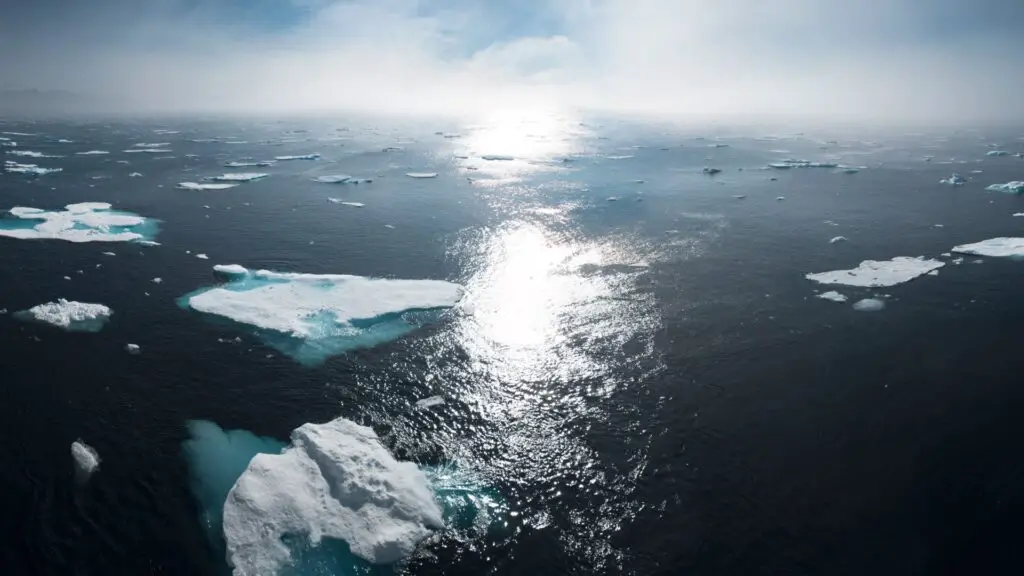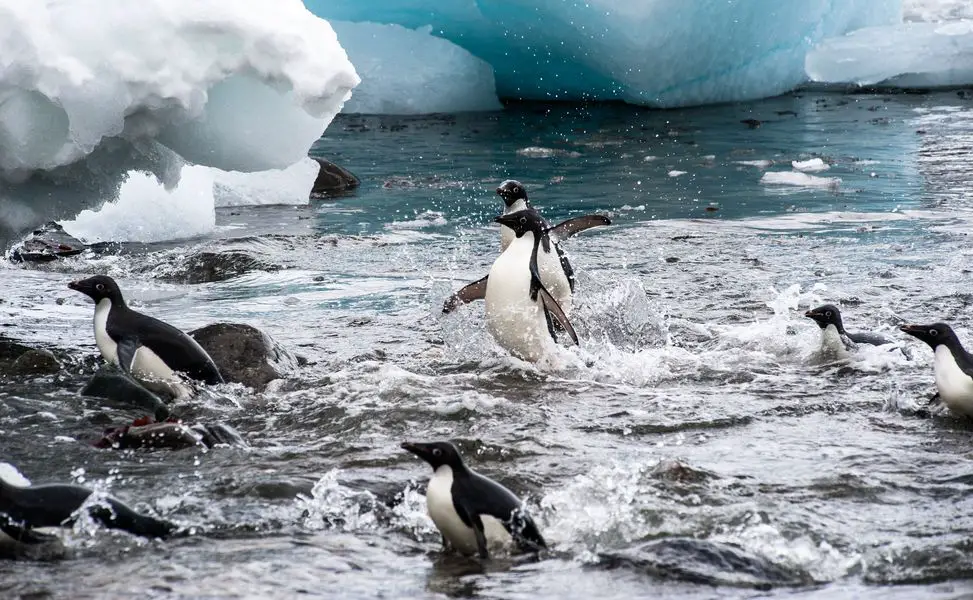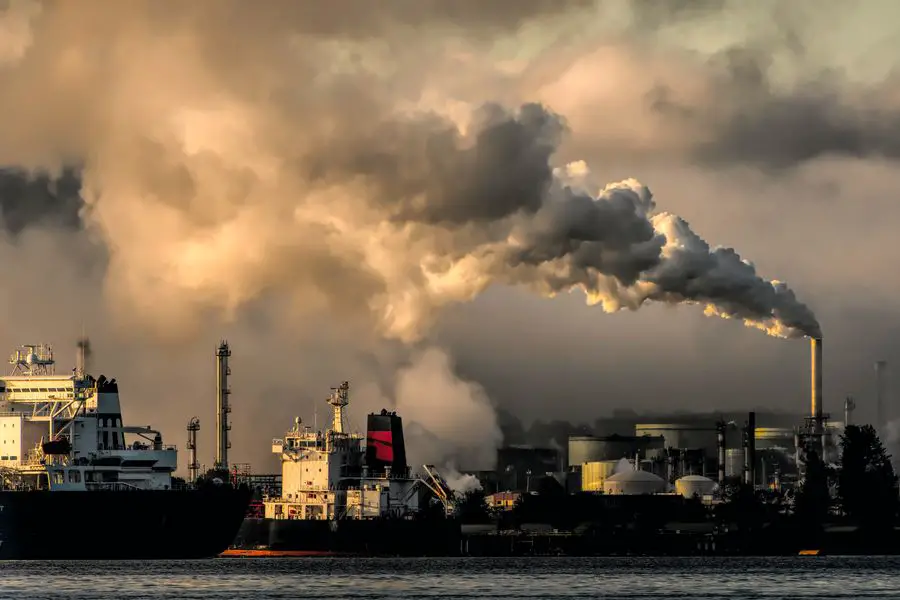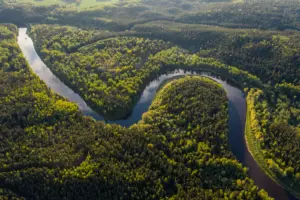
Are Climate Change and Global Warming the Same?
Climate change and global warming are two terms often discussed in relation to environmental concerns, but what do they mean, and are they synonymous?
Put simply, global warming is a subset of climate change, thus they are not entirely interchangeable concepts. Global warming refers to the long-term rise in the Earth’s average temperature, whereas climate change encompasses a broader range of changes in weather patterns, precipitation, wind patterns, and other related phenomena.
What is Climate Change?

Often used interchangeably, climate change and global warming represent different aspects of a complex environmental issue.
Global Warming and the Greenhouse Effect
Human activities primarily drive global warming and refer to the uptick in average global temperatures currently being experienced. This aspect of climate change is a broader term that denotes long-term alterations involving significant shifts in the Earth’s weather patterns and climate.
Changes to our planet’s climate have been constant over centuries, but what sets the current changes apart is the alarming speed at which they occur. A key driver of global warming is the surge in greenhouse gas emissions, creating a “blanket” around the Earth. These gases trap the Sun’s energy, causing a rise in the Earth’s atmosphere temperature and disrupting the climate.
Natural and Human-Induced Climate Change
Climate change can be triggered by natural or human-induced modifications, which can significantly impact human populations and the environment.
Natural climate change is marked by shifts in the Earth’s climate that aren’t caused by human activities. These changes can arise from various causes, such as volcanic eruptions, Earth orbit alterations, or solar radiation fluctuations.
A case in point is the 1815 eruption of Mount Tambora in Indonesia (formerly the Dutch East Indies). The eruption ejected a large amount of ash and gas into the atmosphere, forming a global cloud that blocked sunlight and subsequently cooled the Earth’s climate. This event precipitated what is now known as “The Year Without a Summer,” with widespread crop failure and famine.
Ocean Currents and Climate Change
Another factor contributing to climate change is the ocean’s currents, regulated by the Earth’s rotation and winds. These currents, carrying warm water towards the poles, assist in global heat distribution and nutrient dispersion essential for marine life. Any shifts in these currents can profoundly impact our climate, potentially sparking global warming or cooling.
Other Phenomena Associated with Climate Change
Beyond these, climate change is also associated with various other global phenomena. For instance, mountain glaciers are currently melting at an unprecedented rate. Should this trend continue, it could lead to a substantial rise in sea levels, with devastating consequences.
Moreover, seasonal events such as plant blooming are being affected. Scientists have noted that flowers bloom earlier in the year, while some plants aren’t blooming at all – shifts likely influenced by the changing climate.
What is Global Warming?

Global warming is a multifaceted issue, primarily referring to a sustained increase in the Earth’s average surface temperature. However, the term typically denotes human-induced warming of the Earth’s system, which can have vast implications for the planet and its inhabitants—temperature surge results from numerous factors due to human activities and natural processes.
Impacts of Global Warming: Droughts, Storms, and Sea Level Rise
Global warming significantly contributes to the increased frequency and intensity of droughts. For instance, the Colorado River, a critical water source for over 30 million people across seven states, is experiencing decreased water levels due to diminished rainfall and snowfall.
Moreover, increased storm events in recent years can be attributed to global warming. These storms have led to billions of dollars in damages and claimed thousands of lives. As per the National Oceanic and Atmospheric Administration (NOAA), global sea levels have risen by approximately 8 inches since 1880. The primary cause of this rise is the thermal expansion of water due to warming, a direct result of global warming.
Human Activities and Global Warming
Burning fossil fuels and other processes that amplify greenhouse gas production are responsible for escalating global temperatures. Since the onset of the Industrial Revolution in the 1700s, fossil fuels have been burnt to power factories, vehicles, and homes. The issue lies in that burning fossil fuels releases greenhouse gases, such as carbon dioxide, into the atmosphere. These gases are the primary contributors to global warming, causing a slow but steady increase in the Earth’s average temperature.
Increasing Greenhouse Gas Levels and Global Warming
In 2013, the Intergovernmental Panel on Climate Change (IPCC) stated in a report that the Earth’s atmosphere’s greenhouse gas levels are at their highest in 800,000 years. These gases, including carbon dioxide (CO2), methane (CH4), and nitrous oxide (N2O), trap the Sun’s heat, preventing it from dissipating into space. The rapid rise in these gases has accelerated the warming of the Earth.
The IPCC also anticipates the Earth’s temperature will surge by 1.5 degrees Celsius within the next few decades. This increase could exacerbate wildfires, coastal flooding, and food shortages. However, by taking steps such as reducing our dependence on fossil fuels, we can prevent these dire outcomes.
The Disparity in Warming at the Poles
The effects of global warming vary across different regions. The North Pole has warmed by 1.5 degrees Celsius since preindustrial times, significantly more than the South Pole’s 0.9 degrees Celsius rise. Similarly, the Southern Hemisphere has experienced a comparatively minor increase of 0.5 degrees Celsius. This discrepancy primarily stems from the differing greenhouse gas emissions between the northern and southern poles.
Are Climate Change and Global Warming the Same? - Conclusions

A. Climate Change: A Complex Environmental Issue
Climate change signifies long-term modifications in Earth’s weather patterns and climate, both natural and human-induced. These alterations, whether driven by volcanic eruptions, changes in Earth’s orbit, solar radiation fluctuations, or greenhouse gas emissions, can significantly impact human populations and the environment.
B. Global Warming: A Key Subset of Climate Change
On the other hand, global warming typically refers to the human-induced warming of the Earth’s system, primarily resulting from the burning of fossil fuels and the subsequent release of greenhouse gases into the atmosphere. With greenhouse gas levels in the Earth’s atmosphere now at their highest in 800,000 years, global warming is set to escalate, potentially leading to a temperature rise of 1.5 degrees Celsius in the coming decades. This sustained increase in Earth’s average surface temperature has various impacts, including increased frequency and intensity of droughts, storm events, and sea-level rise due to the thermal expansion of warming water.
Final Thoughts
Therefore, while climate change and global warming are critical and interconnected environmental issues, they represent distinct aspects of a more extensive system. It’s essential to continue research and action on both fronts to mitigate adverse impacts and ensure a sustainable future for our planet.




